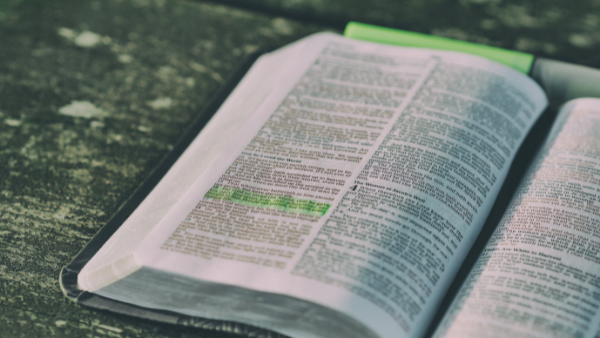By James R. Strange, Ph.D.
Professor of Biblical and Religious studies, Samford University
BUILT ON CHRIST
1 Peter 2:1–12
Today begins a six-week series called “Being an Authentic Church.” What we learn applies to your congregation, to Alabama Baptists, to Southern Baptists and even to the global Church.
Peter wrote to congregations rather than to individuals. These Gentile followers of Jesus were suffering unnamed persecutions (1:6–7) in regions of the Roman Empire that are now modern Turkey (1:1). To encourage them, Peter addresses them as if they are God’s chosen people, Israel, who endured trials in foreign lands (1:1, 17; 2:4, 11). As Israel was released from exile in Egypt and Babylonia, so these Christians were ransomed from their former religion (1:18–19).
The Church is comprised of those who trust Christ and live in obedience to Him. (1–5)
Peter first mentions obedience in 1:2.
The “therefore” in 2:1 refers to the passage starting in 1:13 — which begins with its own “therefore” — where Peter starts using imperatives. Eugene Boring noted that the Church must hope for Christ’s grace (1:13), be holy (1:15), live in reverent fear of God (1:17), love one another (1:22) and long for pure nourishment (2:1).
To follow these instructions, the Church must become like obedient children (1:14), like infants who have no malice, deceit, hypocrisy, envy or slander and who desire “pure milk” (2:2).
Peter knows that these dispositions — mutual love, obedience and longing for pure milk — require a unified act of will, for the Church must decide to obey God.
In 2:4, Peter shifts metaphors to a building made of stones that people have rejected but that God has selected. These stones are “precious,” not because they are diamonds or rubies, but because God has chosen them as building stones for His “spiritual house.”
This image allows Peter to distinguish the Church from the image of pagan priests offering wine, incense and animal sacrifices in Roman temples across the empire. By contrast, the sacrifices of the Church are immaterial things such as prayer, Scripture reading and singing. This is probably why Peter speaks of both the Church and its offerings as “spiritual.”
The Church is built on the foundation of Jesus Christ. (6–8)
Peter expands his images by intertwining Exodus 19:6, Isaiah 28:16, Psalm 118:22 and Isaiah 8:14, which scholars call a Scripture chain. Peter’s point is that the very stone — Christ — who underpins the Church is the stone who causes those who do not trust Him to stumble.
Because they do not trust, they are destined to disobey God. But this need not be permanent disobedience, for they may yet “observe [the Church’s] good works and glorify God on the day He visits” (v. 12).
The Church is to proclaim and glorify Christ. (9–12)
Peter reminds his readers of their transformed status. The Romans to whom Peter writes are now like Israel; they are God’s own people.
And like Israel, they no longer bear their former identification as Gentiles. Furthermore, they are no longer at home in Pontus, Galatia, Cappadocia, Asia and Bithynia but are “strangers and exiles,” and like Daniel, Shadrach, Meshach and Abednego, they must conduct themselves honorably in a foreign land.
As God promised that the nations (Gentiles) would be blessed by Abraham’s descendants (Gen. 22:18), so Gentiles will glorify God when they see the honorable deeds of the Church.



Share with others: